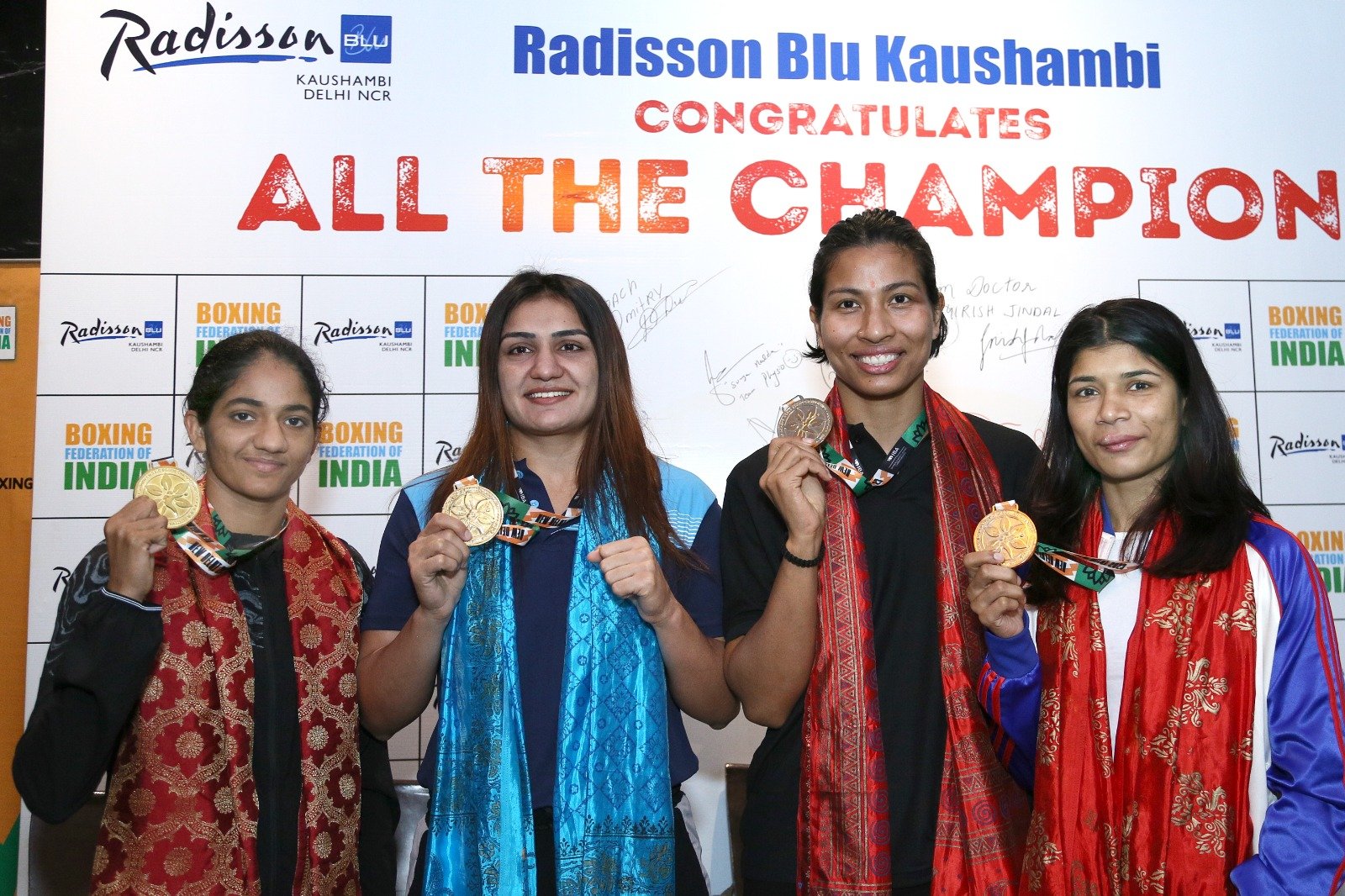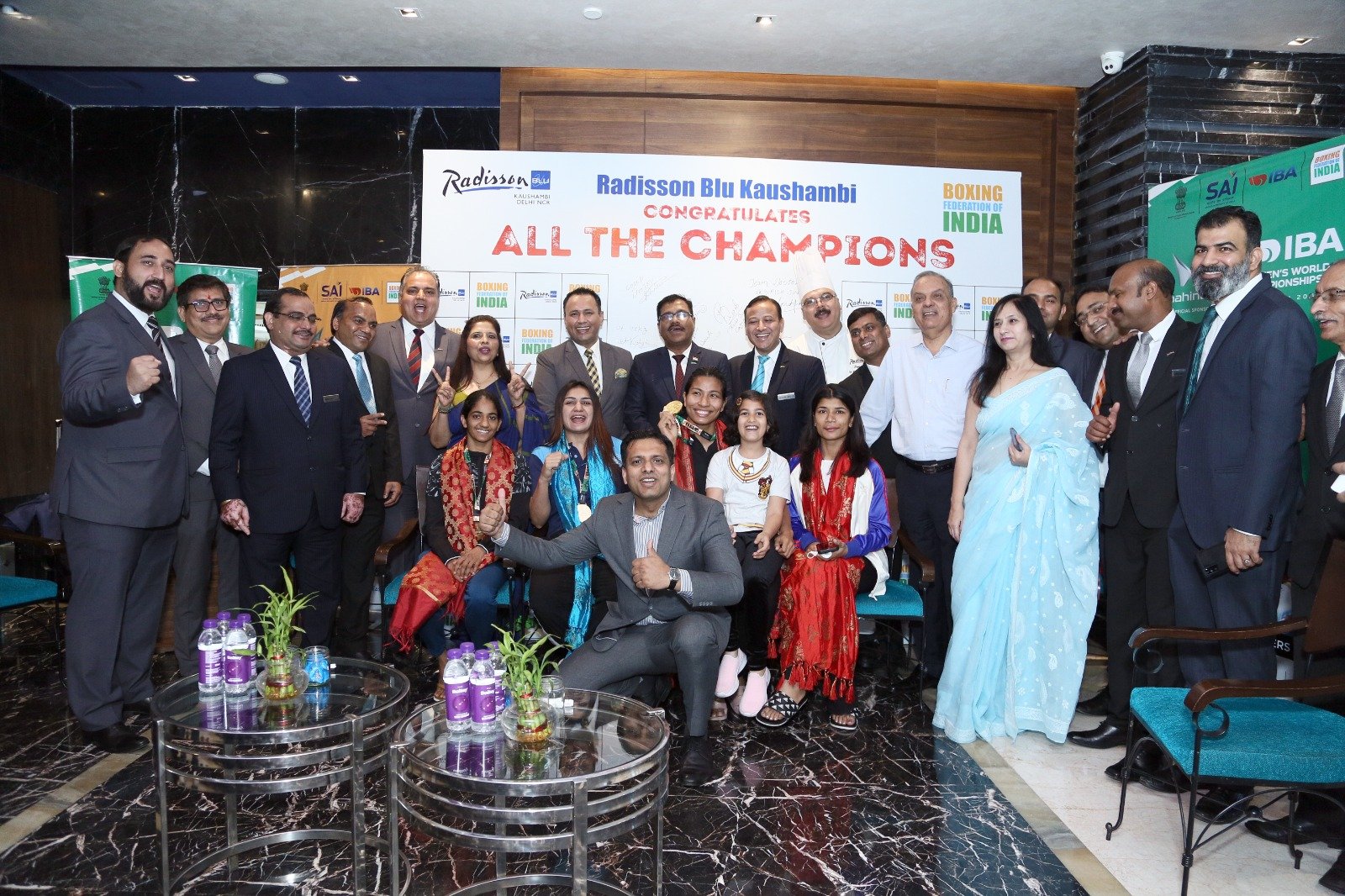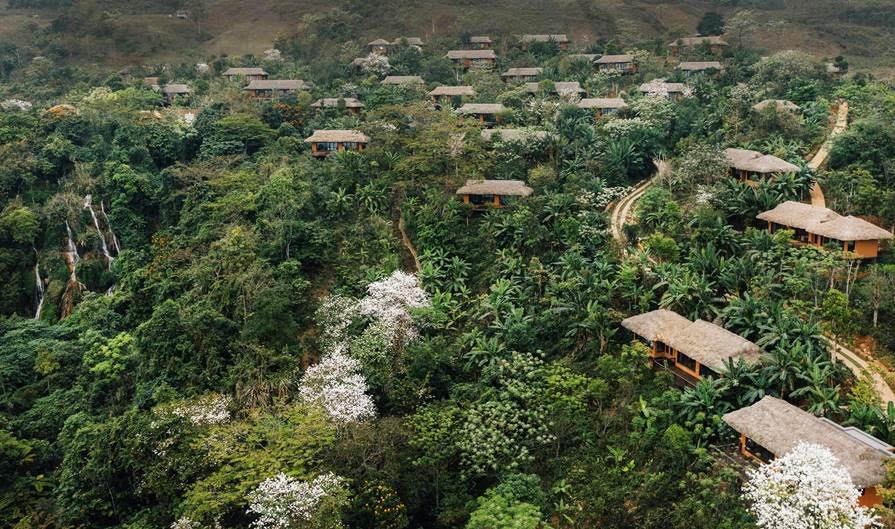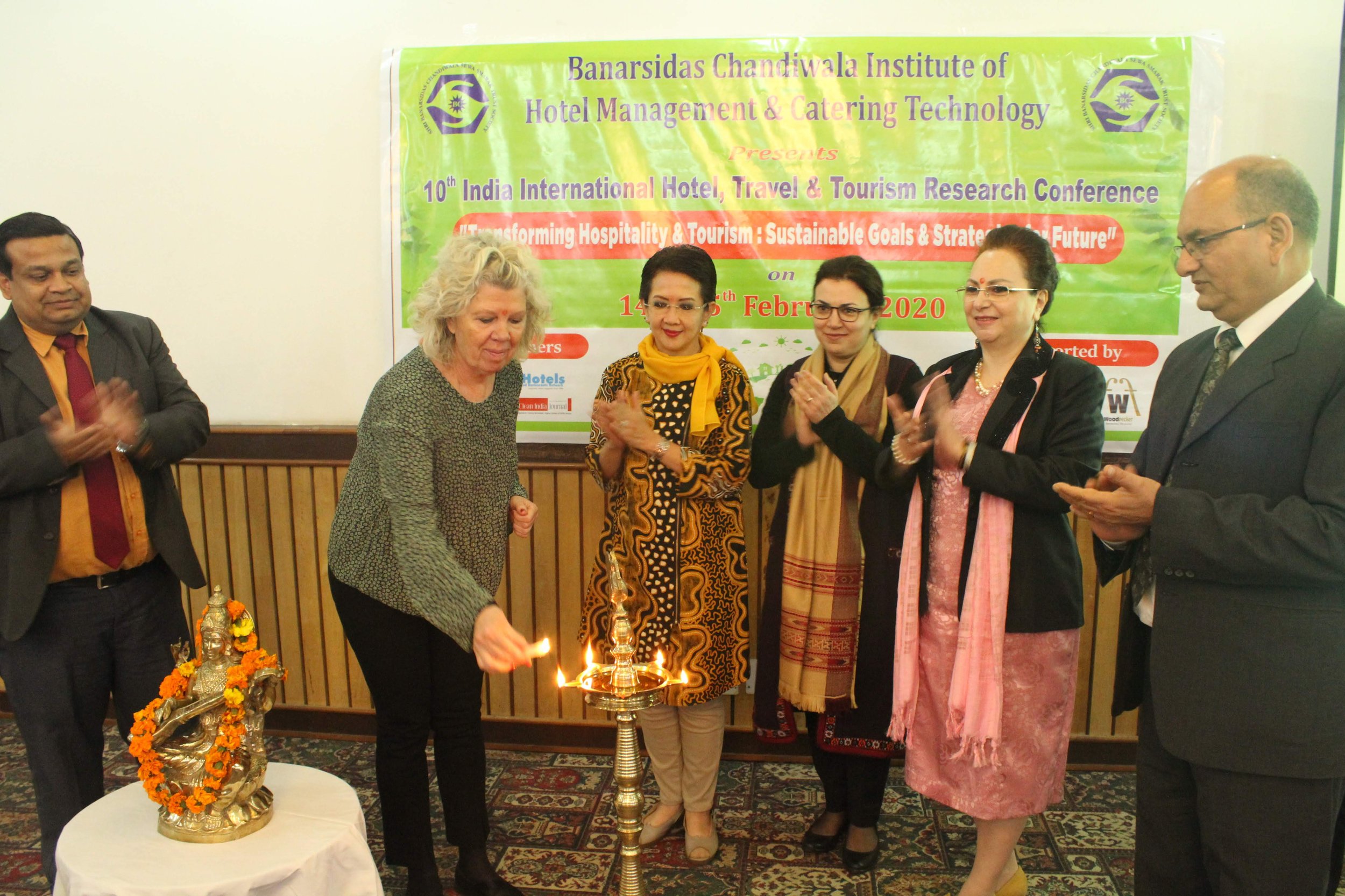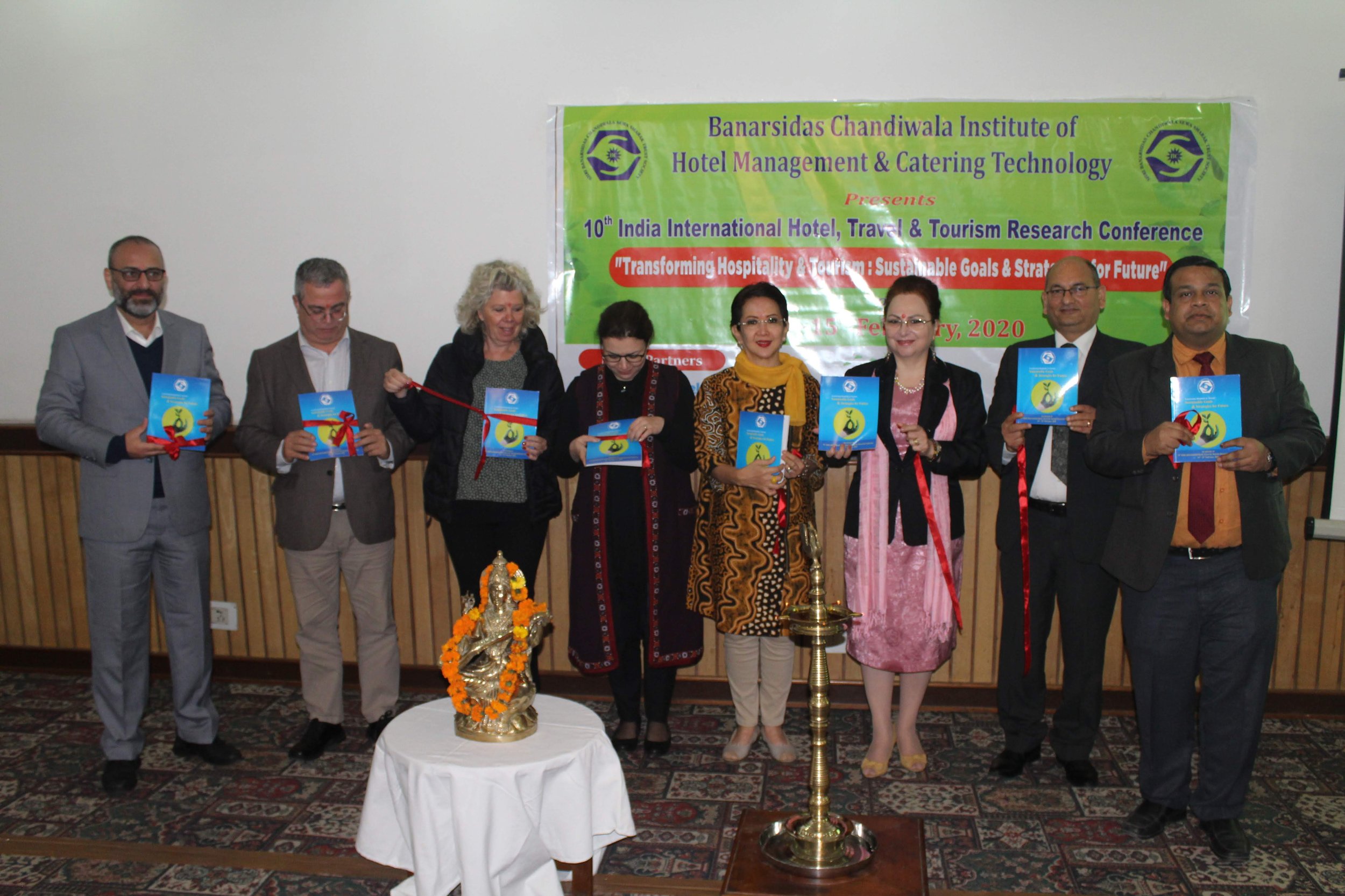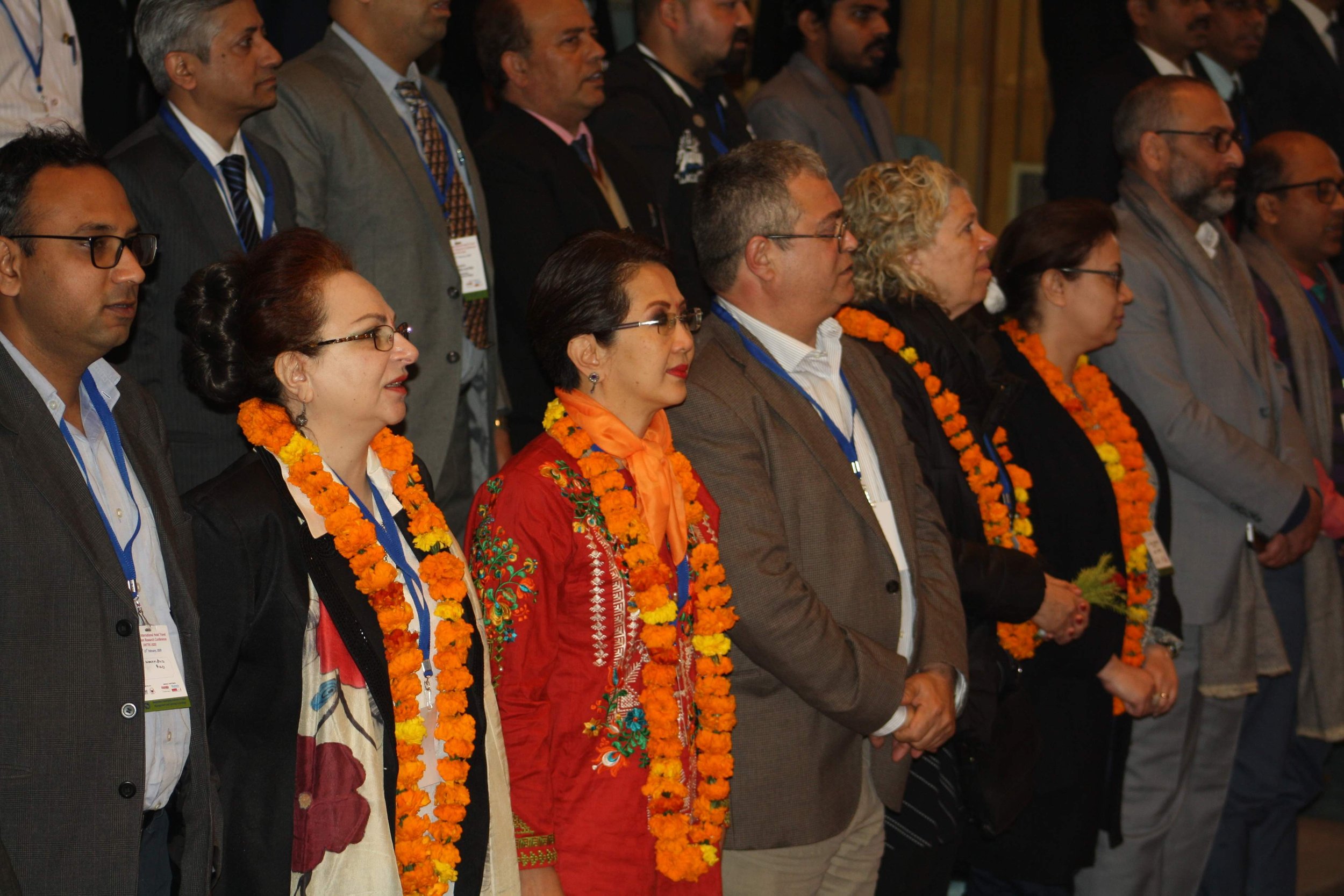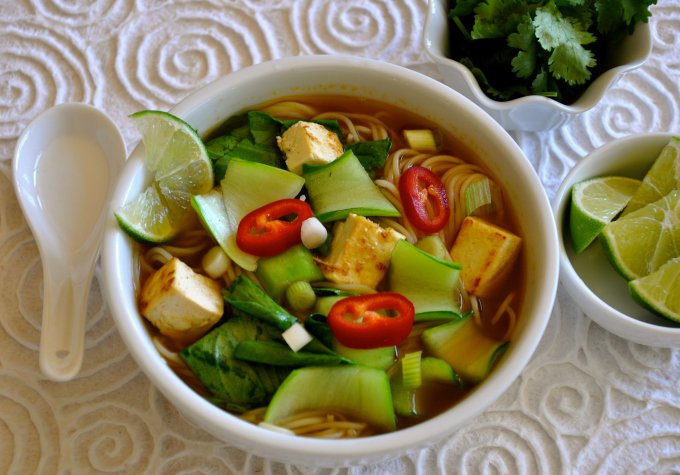It is said that Cuisine is an integral part of a culture. It is passed from one generation to the next. We grow up eating it, and it became a part of who we are. The act of cooking and eating traditional food is a method of preserving our culture. And because no two cultures, though may bear similarities, are the same, diversity in different cuisines from around the world is created. Now, let’s have a look at what special characteristics of Vietnamese culinary culture make it one of a kind. Food is also very important. Vietnamese food is delicious and stimulating, with many different colors, smells, textures, and flavors. This gastronomy gives great importance to balance, and simple yet colorful and tasty ingredients are combined, creating inviting contrasts.
Vietnamese foods are rich in vitamins and minerals including vitamins C, B1, B6, B3, folate, biotin, zinc, copper, magnesium and potassium – all of which have been proven to help boost energy levels. Usually gluten-free, no need to worry about steep spikes and drops in blood sugar. Vietnam is famous for its bustling Hanoi and Ho Chi Minh cities and Instagram-worthy tourist destinations like Ha Long Bay, the Mekong Delta, and Da Nang. Vietnam is also famous for the Vietnam War, historical cities, and its French-colonial architecture
Vietnam is said to be an agricultural country with a typical monsoon climate and split into three particular regions: North, Central, South. It is that geographical differences that have form culinary variations between each one, creating diversity in Vietnamese cuisine. Each respected region has its own appetite expressed in different names, ingredients, cooking technique, color, to how to present and eat. A bowl of pho in the south usually have bean sprouts, but not in the north. Yet no matter how different the variation is, you can still taste the quintessential elements within it: light, sweet broth, soft beef and the seducing scent of aromas. It's hard to talk about Vietnamese food without mentioning French colonization, which began with missionaries arriving in the 18th century and not ending until 1954. Clearly it had a lasting effect on the country, the people, the architecture, the land, and the flavors. Most obvious might be the banh mi, with its crusty French baguette as the foundation. But the Vietnamese have taken this sandwich and made it entirely their own with grilled pork, fish patties, sardines, cilantro, chili-spiked pickled carrots and other fillings. Many forces of climate, trade, history and immigration have influenced Vietnamese cuisine. Outside cultures have had a strong influence, from the Chinese and Khmer dynasties and the Indian empire to the (short lived) Japanese occupation and, in particular, the French colonial rulers.
Vietnamese are curious and would value the knowledge they have yet to grasp. They are also fast and flexible learners as well. With the process of globalization, they can easily adapt the unique trait of other cuisines from Korea, Japan, China, and European countries, combining with theirs to create new dishes, various methods of cooking that are purely Vietnamese. Take, for example, a famous Indian dish: the curry. When imported to Vietnam, they were able to make the dish less spicy yet still savoury.
This is an element that contributes greatly to the diversity and harmony of Vietnamese culinary culture. Most salt intake in the Vietnamese diet is delivered in the form of fish sauce. Salty, funky, fermented fish sauce, or nước mắm in Vietnamese, is used in marinades, soup broths, salad dressings, spring roll dips, and it's really hard to think of any dish where it's not used. The national condiment is nước chấm, made of fish sauce that's diluted slightly with a splash of lime juice, sugar, chilies and garlic.
Vietnamese greatly respect the harmony within their dishes. A dish must have meet two requirements equally: tasty and healthy. In order to do this, they use what Mother Nature has offered. Nutritious, healthy ingredients such as vegetables and fruit are utilized extensively, to compensate the hero of the dish, and sometimes become the main ingredient. This is quite different from western cuisine, where meat is usually used as the center of the dish. Because of that, Vietnamese food has a surprisingly low amount of fat, grease, and oil, unlike western dishes which usually use too much meat or Chinese dishes with a bit excessive use of oil. You can enjoy Vietnamese cuisine to your heart’s, or stomach’s, content without being satiated and feel even better knowing that it’s one of the healthiest cuisine out there.
Vietnamese cuisine at a glance
It is undeniable that food plays a crucial role in a country’s culture. Traditional cuisine is passed down from generation to generation – keeping the good old flavors to this modern day. Vietnamese food is widely applauded for its balancing flavors as it is a symphony of protein, spices, herbs, vegetables, and even fruits. No wonder people have also known Vietnamese food as one of the healthiest cuisines in the world.
There is something really tempting about Vietnamese dishes that most people can’t resist – even the celebrity chef Gordon Ramsey, the famous American chef Anthony Bourdain, and the British chef Jamie Oliver. The distinct and oddly satisfying tastes of Vietnamese cuisine have travelled all around the world. Rice (or rice flour) plays the main part in every Vietnamese meal – no matter it is a dish from the North, the Central, or the South. However, the side dishes of each region are what set them apart and make them interesting.
The food in the north of Vietnam is influenced by neighbouring China. Stir fries and noodle soups are common. Towards the south, food becomes sweeter, and mixes flavours from Cambodia and Thailand. The Mekong Delta in the south, aptly named the “the rice bowl” of Vietnam, is incredibly fertile, with a tropical climate, sustaining more rice paddies and coconut groves. In fact, Vietnam rice production is the second biggest rice exporter in the world (after Thailand). Rice is a central part of the Vietnamese diet, and steamed rice is part of almost every meal. It is also transformed into ingredients such as rice noodles, rice paper for spring rolls, rice vinegar, and rice wine.
Vietnamese cuisine is fresh, healthy and light, characterised by Pho (pronounced fuh), an aromatic rice noodle soup, which is the national dish of Vietnam. It is consumed any time of day – breakfast, lunch or dinner, sold throughout the country, and is a big part of the street food culture. Combined with meat in a meat-y broth, aromatics and herbs such as lemongrass, ginger, mint, parsley and coriander are used with fresh, crunchy vegetables such as cucumber, bean sprouts, chilli and plenty of lime juice.
Before eating, Vietnamese usually “invite” others in the same table to eating, somewhat similar to the Japanese “itadakimasu”, but rather to invite others to start eating. This is one of much Vietnamese cultural beauty.
Vietnamese also love to invite guests to have a meal with them, or even invite them to join during a meal. More guests mean more bowls, chopsticks, and everyone eats a bit less to spare some food for the guests. The host of the meal usually pick up food and put them in the guests’ bowl as a polite and generous manner. And keep in mind that the host never finishes before their guests. As a conclusion, a Vietnamese meal not only fun but also represent their hospitality.Let us have a look at few popular recipe concepts and food categories under Vietnamese cuisine:



